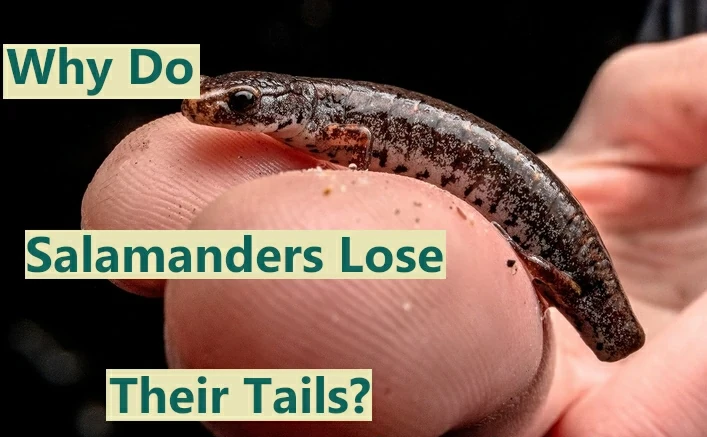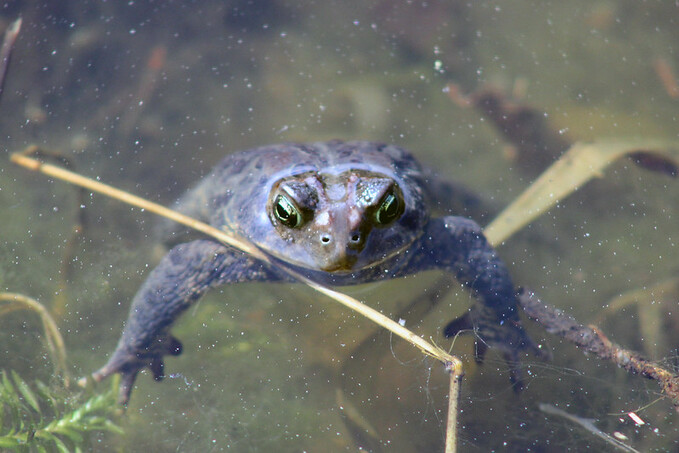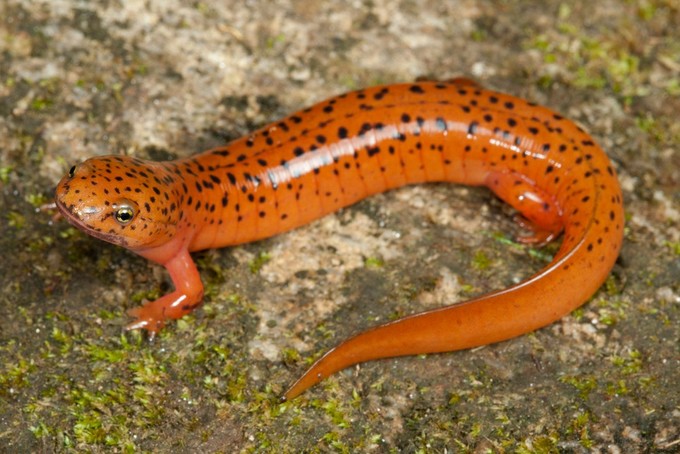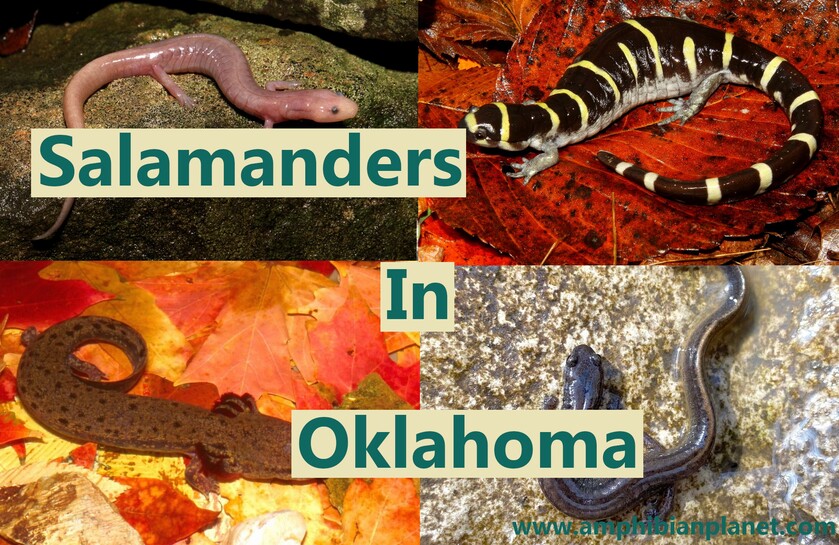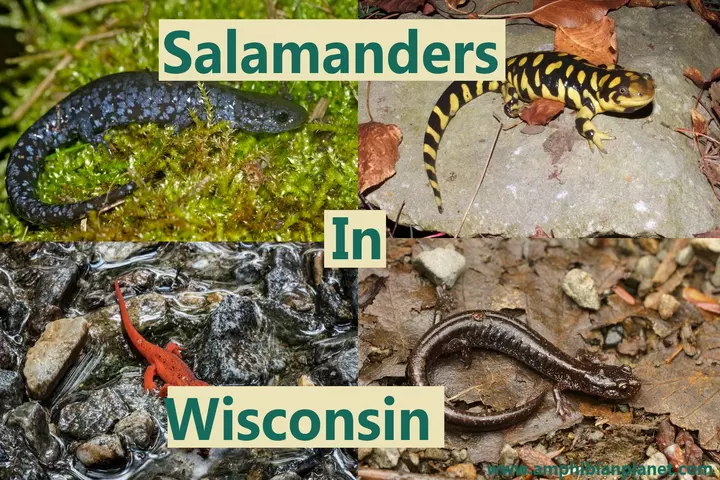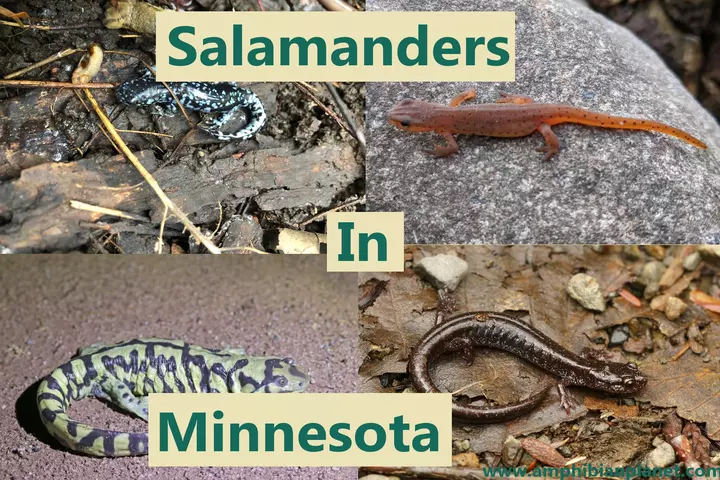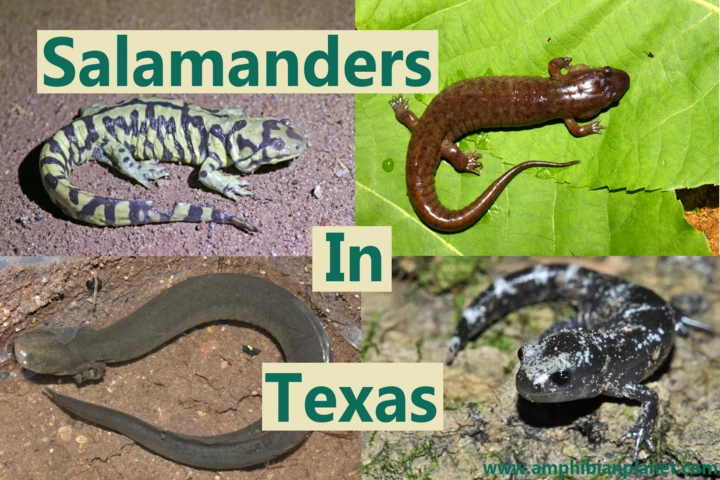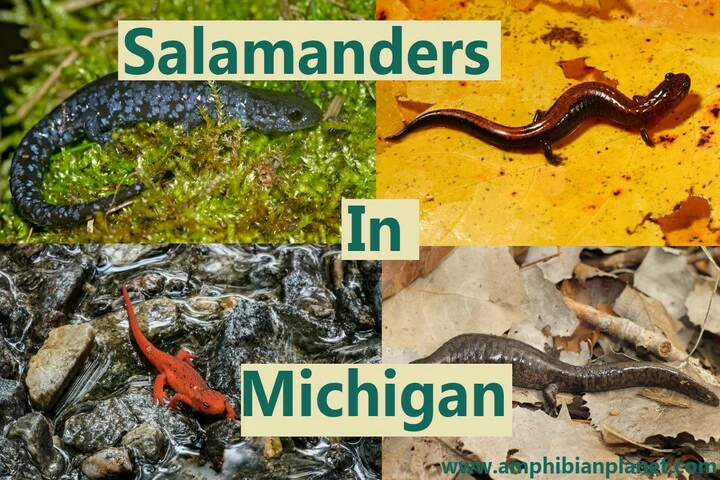Why Do Salamanders Lose Their Tails?
Salamanders are the only amphibians that have tails in the adult stage of their life. Like Lizards, salamanders can lose part of most of their tail, and subsequently regenerate it. But have you ever wondered why this happens? The main reason salamanders lose their tails is to defend themselves when they are grabbed by a … Read more

